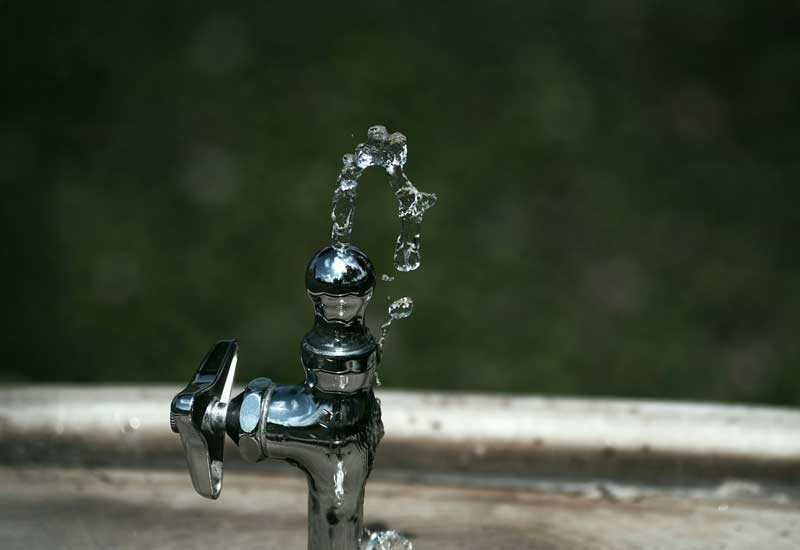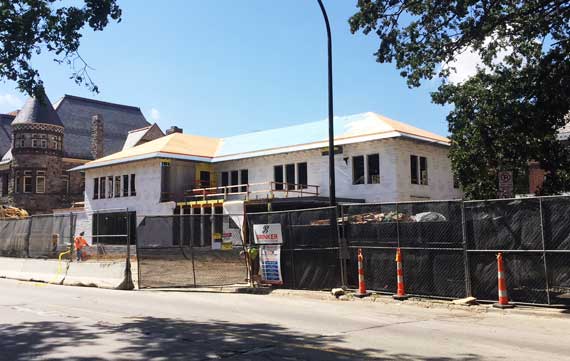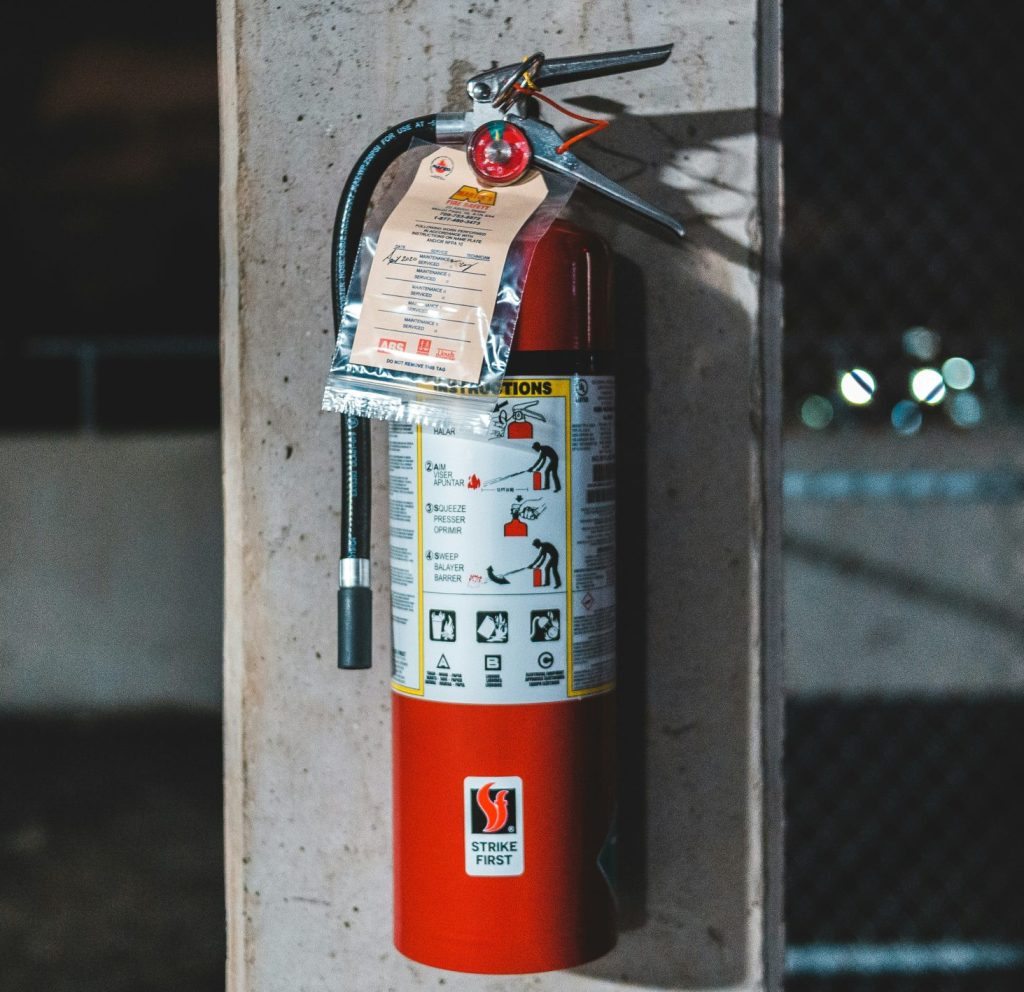Campus Drinking Water Quality – Study Results

The University of Michigan Department of Environment, Health and Safety (EHS) proactively undertook a drinking water sampling project (results) throughout facilities on the Ann Arbor campus and surrounding local UM affiliated facilities in the summer and fall of 2016. In light of the water crisis in Flint and in other cities across the nation, the UM administration felt it was prudent to assess the drinking water quality of our working and living environments. Historically, drinking water testing conducted by EHS in limited buildings on campus has shown little risk of exposure to lead and copper. The campus wide drinking water sampling project supported the findings of previous limited sampling surveys.
Background
Municipal drinking water is provided to the UM Ann Arbor campus by the City of Ann Arbor Water Treatment Plant. The water provided to the campus meets the state and federal Safe Drinking Water Act (SDWA) standards for potential contaminants as it leaves the treatment plant, including lead and copper, according to the Annual Water Quality Report issued by the City of Ann Arbor.
After water leaves the treatment plant, lead may be present in various parts of the city distribution and building plumbing systems in the form of lead solder, brass fixtures and lead pipes. The best location to sample for contaminants is at the point of use within the building. Drinking water outlets (DWOs) in the buildings include drinking fountains, refill stations and break room/kitchen faucets; all are used primarily for drinking water and food preparation.
Sample Strategy
No water testing guidance was available for occupational settings; therefore the existing guidance for residential properties was applied during this project. The prioritization of campus buildings was initially based on vulnerable populations (child care centers) and then moved to remaining locations (academic, research, administrative, support and recreational buildings) in order to optimize sampling resources.
Summary of Results
Water samples were collected in nearly 350 University of Michigan-Ann Arbor area facilities from over 850 drinking water outlets (DWO’s) following a modified statistical system of selecting sample points in each building. Testing showed elevated levels of lead or copper in only 37 DWO’s. This is approximately 4% of the DWO’s tested. After identification of elevated lead or copper levels in specific DWO’s, the DWO was taken out of service, the source isolated and various remediation procedures implemented. Please see the “Summary of Drinking Water Outlet Testing” for additional details on sample results and remediation measures implemented.
Questions can be directed to EHS at 734-647-1143.





